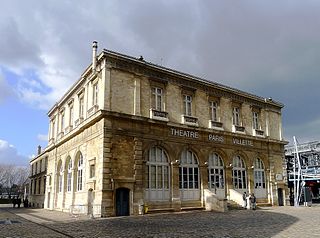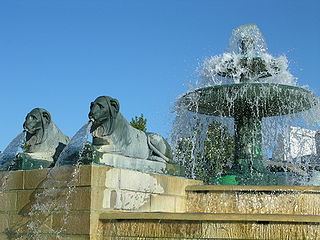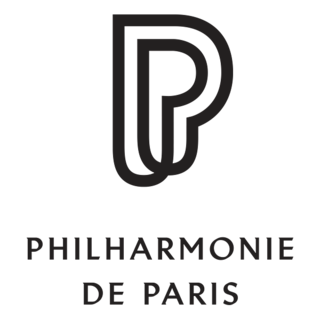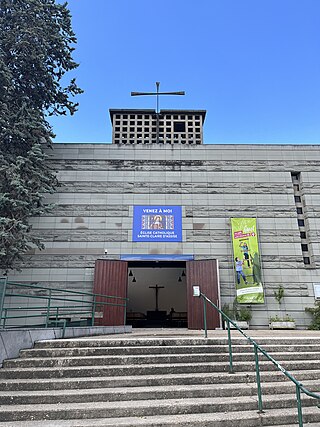Self-guided Sightseeing Tour #7 in Paris, France
Legend
Guided Free Walking Tours
Book free guided walking tours in Paris.
Guided Sightseeing Tours
Book guided sightseeing tours and activities in Paris.
Tour Facts
1.3 km
18 m
Experience Paris in France in a whole new way with our free self-guided sightseeing tour. This site not only offers you practical information and insider tips, but also a rich variety of activities and sights you shouldn't miss. Whether you love art and culture, want to explore historical sites or simply want to experience the vibrant atmosphere of a lively city - you'll find everything you need for your personal adventure here.
Activities in ParisIndividual Sights in ParisSight 1: Salle Principale
, Website
Sight 2: Théâtre Paris-Villette
The Théâtre Paris-Villette is a theatre created in 1986, in the Parc de la Villette, in Paris. It has been directed since 2013 by Valérie Dassonville and Adrien de Van.
Sight 3: Fontaine aux Lions
The Fountain of the Water Tower, Fontaine de Bondy, or Fountain of the Lions of Nubia is an ornamental fountain located on the Place de la Fontaine-aux-Lions in the 19th arrondissement of Paris.
Wikipedia: Fontaine du Château d'eau (Pierre-Simon Girard) (FR)
Sight 4: Cité de la Musique - Philharmonie de Paris
The Cité de la musique is both a Parisian public institution and a group of buildings designed by the architect Christian de Portzamparc and inaugurated on January 12, 1995. Located in the Parc de la Villette, it offers a programme ranging from early music to contemporary music, jazz, world music and contemporary music. This program is structured around themes.
Sight 5: Église Sainte-Claire d'Assise
The Church of Sainte-Claire is a Roman Catholic church located at 179 boulevard Sérurier, in the Villette - Porte de Pantin district of Paris. It was built between 1956 and 1958 by the architect André le Donné, a student of Auguste Perret. It is dedicated to Saint Clare of Assisi.
Share
How likely are you to recommend us?
Disclaimer Please be aware of your surroundings and do not enter private property. We are not liable for any damages that occur during the tours.
GPX-Download For navigation apps and GPS devices you can download the tour as a GPX file.



